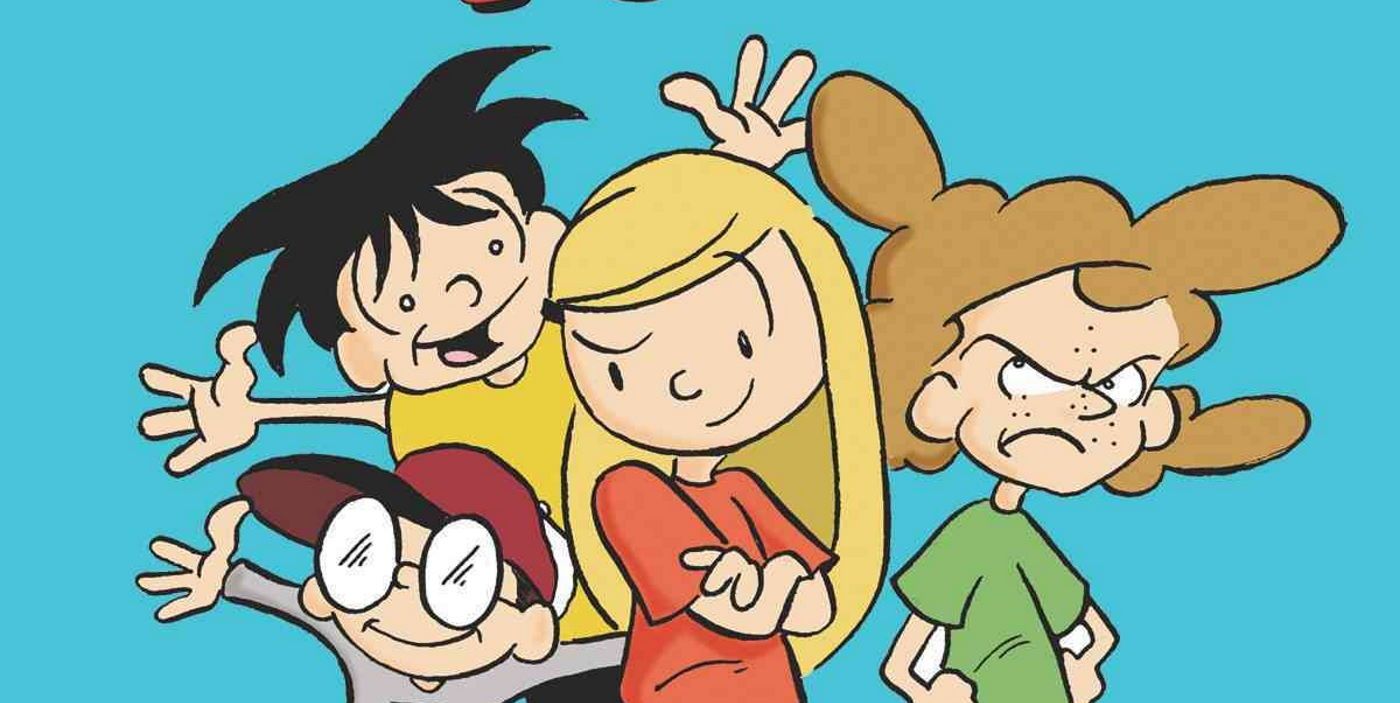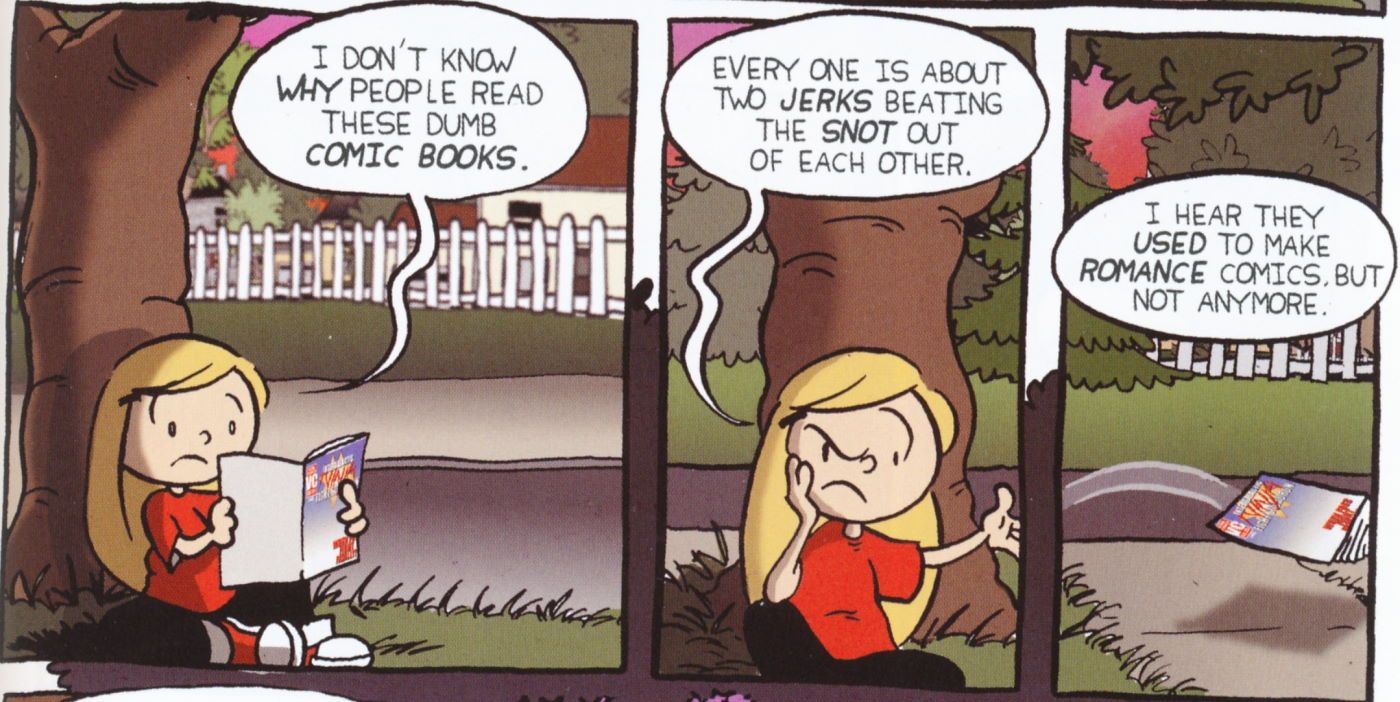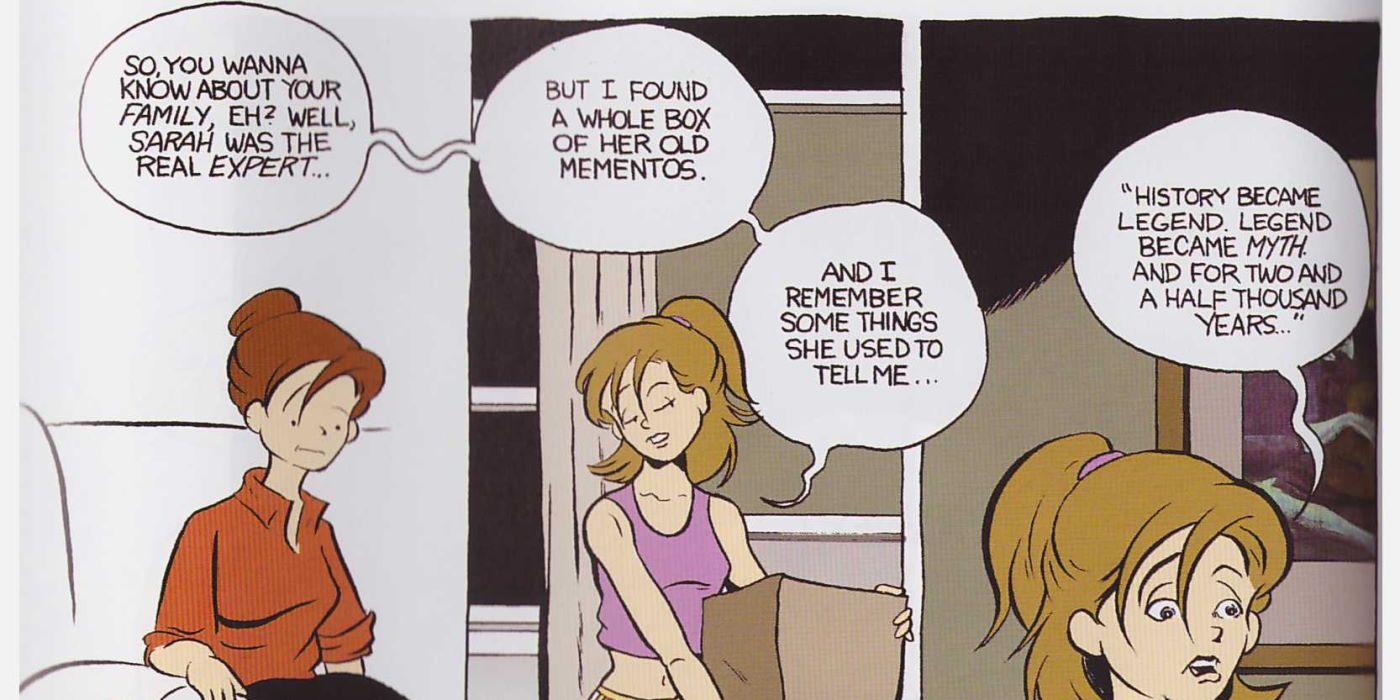When most people think of comic books and graphic novels for kids, they immediately think of the superhero comics that helped create the MCU blockbuster films. While superheroes are an undeniably big part of the American comic book industry, comic books and graphic novels can tell stories from many different genres from fantasy to coming-of-age tales to superhero fiction. One of the best graphic novels for kids that embraces all of these topics is Jimmy Gownley’s Amelia Rules! comic book series.
Currently collected in a series of eight graphic novels, Amelia Rules! has been nominated for thirteen Eisner Awards and five Harvey Awards. Reviewers have compared the comics to both Charles Schultz’s Peanuts and Beverly Cleary’s Ramona as it combines classic children’s problem novels with the visual storytelling and sight gags only possible through comics.
Amelia Rules! is the story of Amelia Louise McBride, a little girl who moves to Pennsylvania with her mother following her parents’ divorce. While staying with her cool aunt Tanner (a former songwriter and rock and roll musician), Amelia adjusts to her new life by making friends with the neighborhood kids and coming to terms with how she feels about her family.
A tomboy with a sarcastic (but sweet) personality, Amelia quickly becomes close with her tight-knit group of friends (although she later discovers her school views them as “nerds”). Her friends include Reggie, a comic book geek and hotheaded daredevil who likes to run around in a makeshift superhero costume and call himself “Captain Amazing.” Reggie also has a not-so-secret admirer in Rhonda, a surly girl who views Amelia as a rival. Rounding out the group is “Pajamaman” a boy who never says anything and always dresses in footie pajamas. Oddly enough, he’s the most popular kid in class.
Amelia’s adventures range from the everyday (playing freeze tag with her friends), to the relatable (seeing her divorced mother go out with other men), to the tragic (comforting a friend after her father gets sent to fight in a war). At multiple points, Amelia breaks the fourth wall to address the reader and offer her personal commentary on the situation. Moreover, Gownley, a gifted artist, shows his love for the medium by using multiple sight gags to exaggerate and showcase Amelia’s unique perspective on her life.
When her friends play freeze tag, for instance, Rhonda gets tagged and refuses to succumb to the pressure to move, vowing to stay frozen for the rest of her life if necessary. Gownley then shows a fantasy sequence of Rhonda staying still even as birds nest in her hair and winter comes, covering her with snow. In another story, Amelia’s mom goes out with a man so boring and generic that he’s shown as a walking men’s room sign.
Other times, however, Gownley uses comic book art to communicate sadder and darker emotions. When Amelia’s friend has to let her dad go, her entire background goes white to emphasize her feelings of isolation. In other comics, Amelia experiences a potential tragedy and ages into her teenage and adult self, allowing each version to narrate how bad her life could have gotten from that point on. A more uplifting story had Amelia research and discover her family tree – with each generation represented by a different classic newspaper comic strip resembling Peanuts, Terry and the Pirates, and Little Orphan Annie.
Unlike many comic book characters, Amelia was allowed to gradually age through her comic book series, becoming a young teenager by the end of her eighth graphic novel. As such, readers got to see her mature and deal with more adult problems. Like all great children’s literature, young fans of her comic book get to laugh, cry, and grow up with her, making Amelia Rules! one of the best graphic novels for kids.
Next: Random House Launches New Line of Young Reader Graphic Novels



